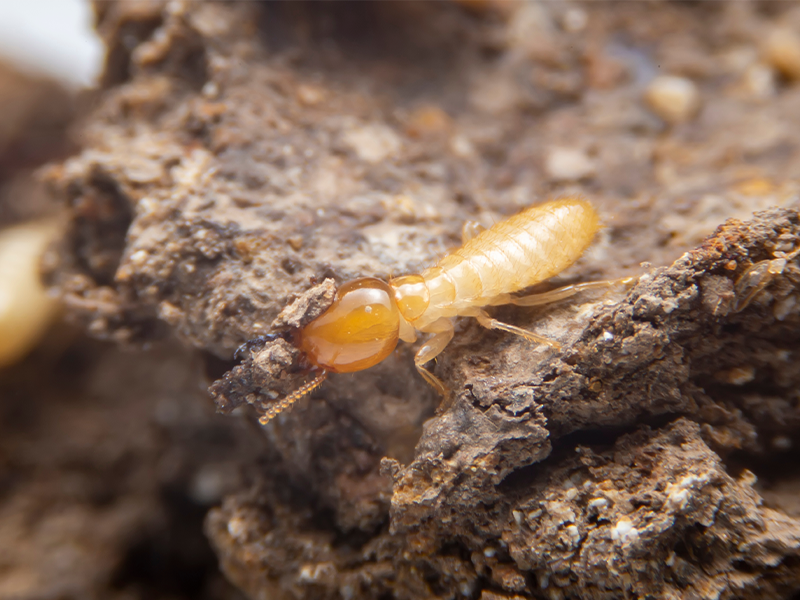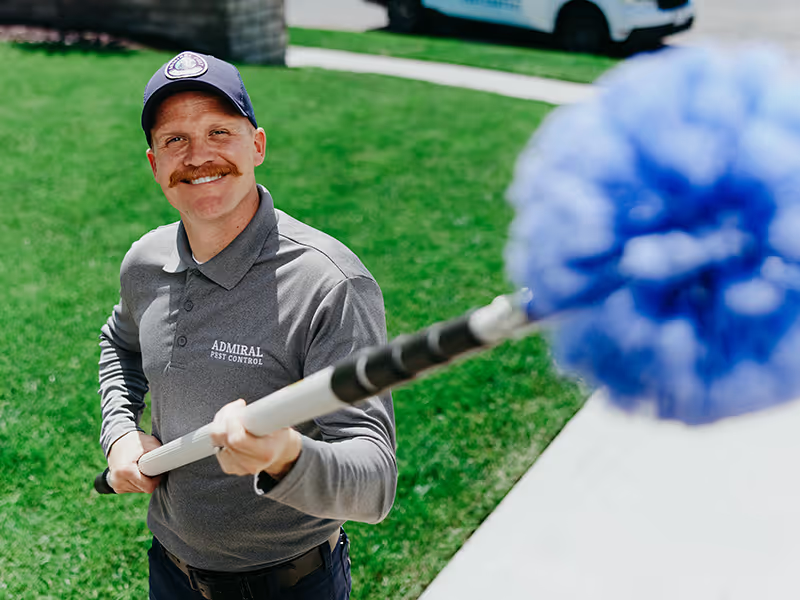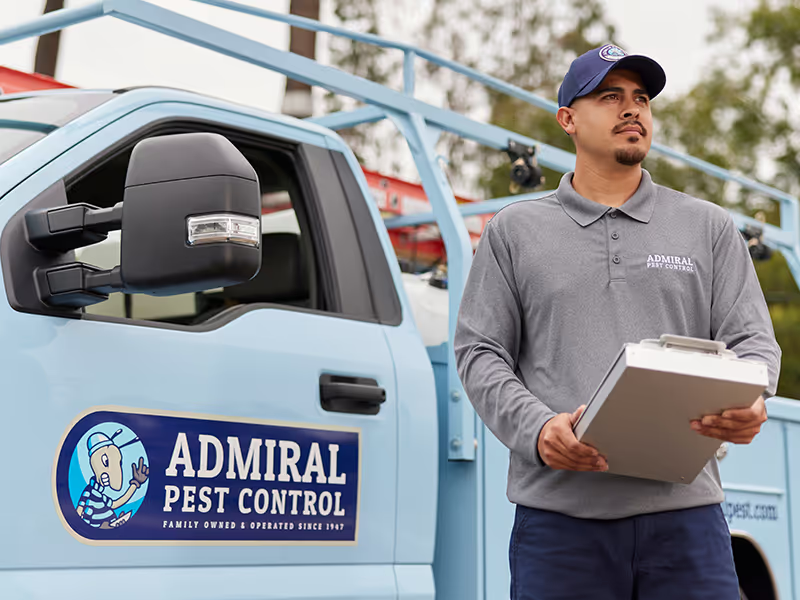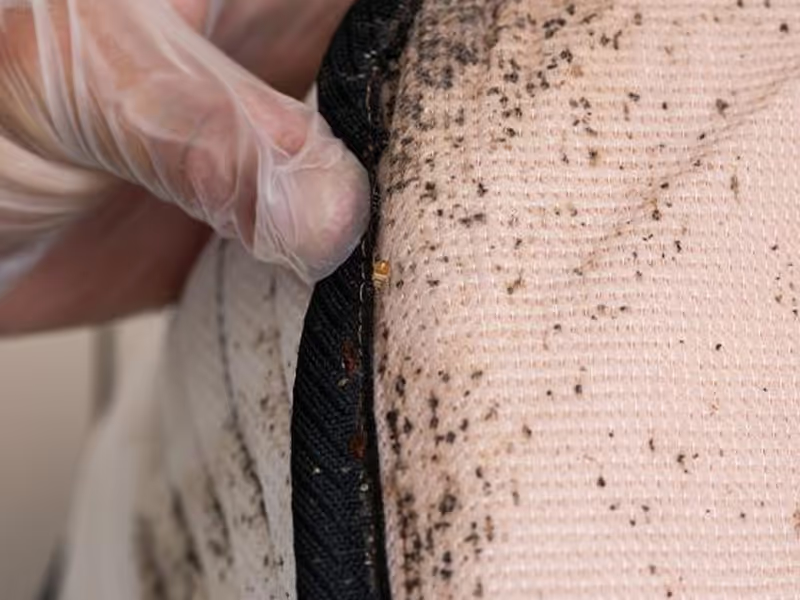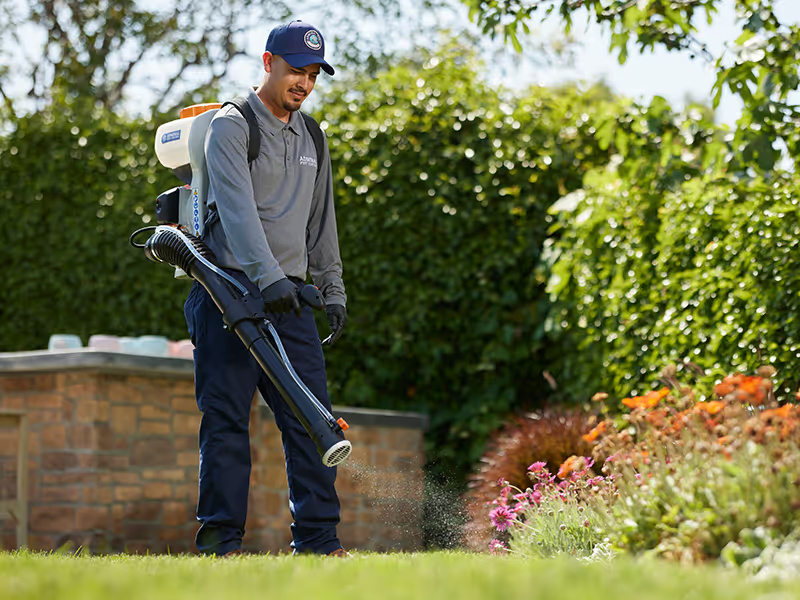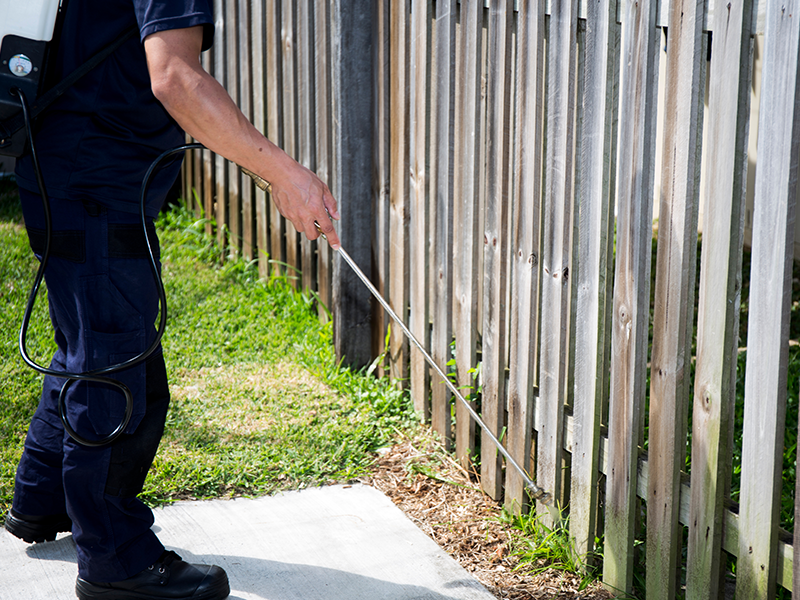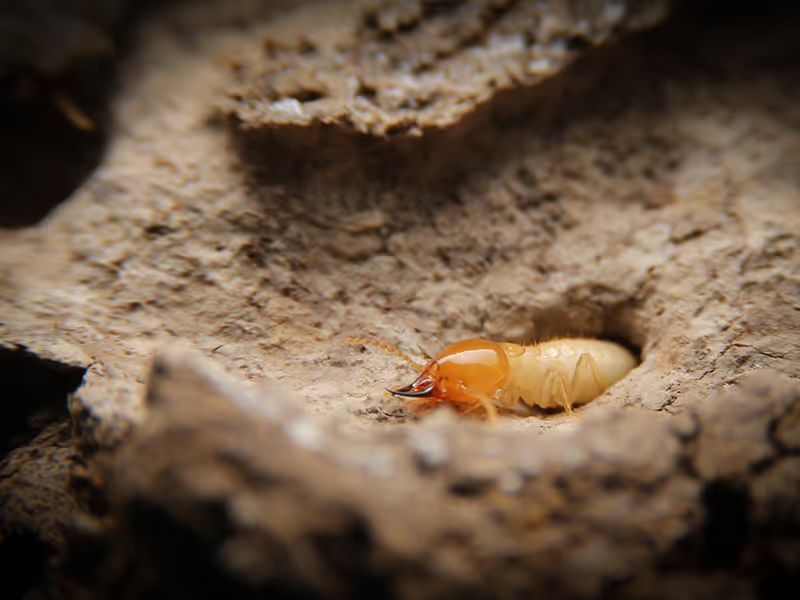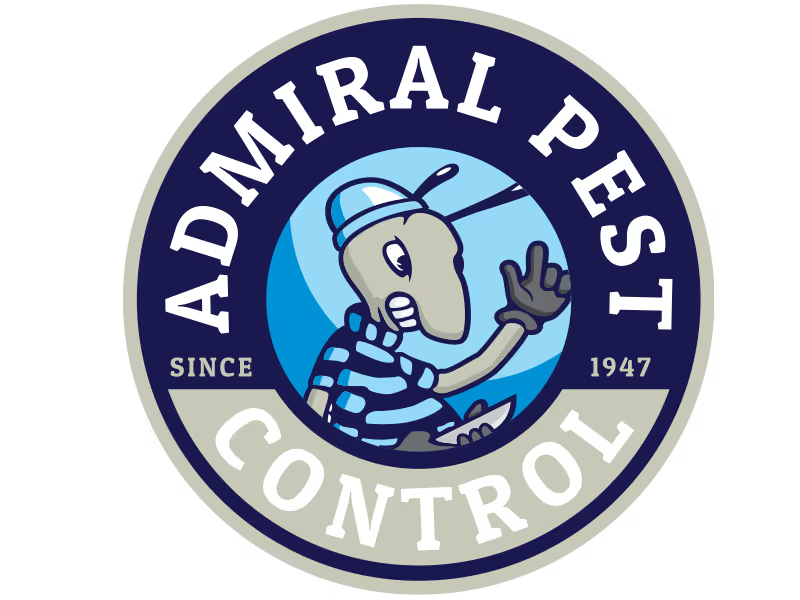Unfortunately, 4,000 species of termites exist, with 10% of those labeled as full-fledged pests. But the two types that relentlessly wreak havoc on California’s homes are dry wood termites and subterranean termites.
A Termite By Any Other Name is Still a Termite
Drywood termites like to get out and about more, and therefore live in your attic or walls. They’re a little heartier since they can survive on small amounts of the moisture trapped in treated wood(such as the supporting beams that hold up your house). And they’re not afraid to migrate miles away if needed.
Subterranean termites, on the other hand, prefer direct moisture, usually from the ground or water leaks (like those you might find in your basement, crawl space, or garage). The subterranean breed is a little sneakier, in that theses termites create entire colonies underground like ants. You might already have colonies on your property right now without even knowing it. Unlike dry wood termites, subterranean termites typically don’t travel more than 130 feet from their colonies. So if they’ve set up shop half an acre away from your home, you might not know they’re around.
But that’s not a risk you want to take. Subterranean termites cause 95% of termite-related home damage. Colonies can have over one million termites, with queens laying up to 2,000 eggs a day. That’s a lot of hungry mouths to feed!
So How Do You Know if You Have Termites?
Sometimes you can see termites directly, especially in places like your attic or garage. Or you may notice the results of their presence when you spot things such as sawdust-like shavings, damaged wood, or tiny wings lying around (which they naturally shed). Typically, these are indicators of dry wood termites.
But if you’re battling subterranean termites they’re a little harder to detect. The most telltale sign is if you find small tube-shaped, mud tunnels. The little buggers build these protected passageways so they can get around above ground without actually being outside.
In either case, it’s best to have your home professionally inspected for termites at least once a year (and fall is a great time to do it). The trained technicians at Admiral Pest Control are happy to apply their 65 years of experience to ensure your home is termite-free all winter. Because nothing ruins the holidays more than unwanted guests, especially if they’re the kind that literally eats you out of house and home.

